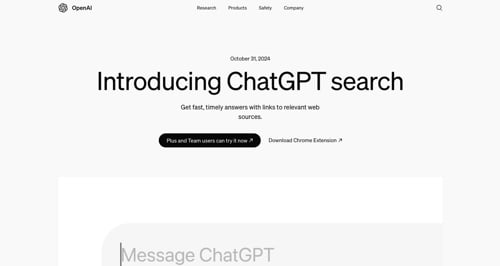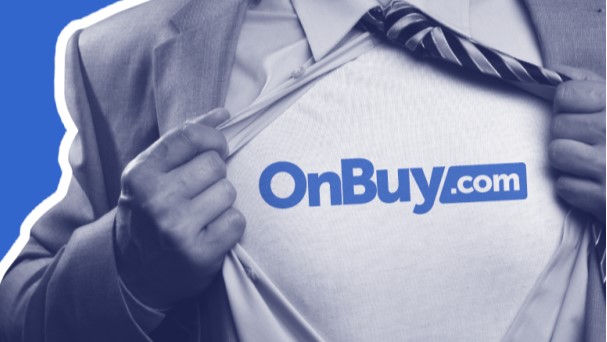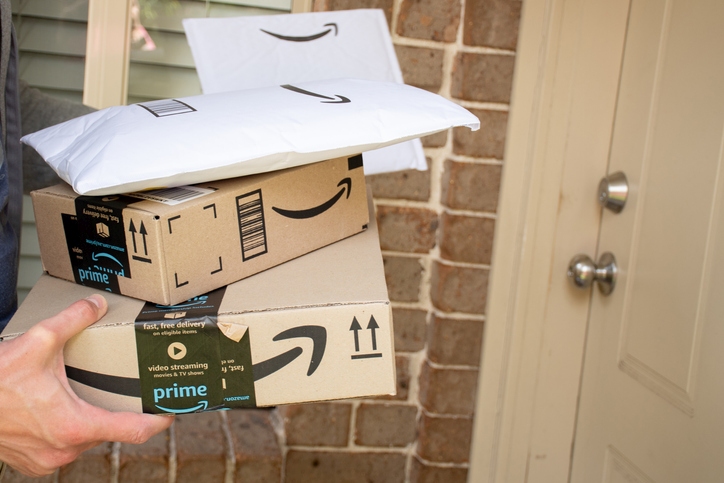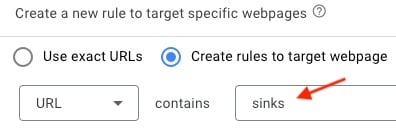
The holiday season is a prime time to acquire customers, but it can also drive them away. Impulse buying inevitably spikes during the gift-giving period. Such purchases might boost short-term revenue but often lead to higher returns and a damaged brand reputation.
Up to 60% of consumers regret impulse purchases, according to my research. Psychologists call this “post-purchase dissonance,” that sinking feeling when shoppers know they’ve made a poor decision. Others call it “buyer’s remorse.” Regardless, customers who regret first-time purchases will likely never buy again, eliminating a cornerstone of ecommerce profitability.
Landing Pages
The design of most landing and product-detail pages assumes bottom-of-funnel traffic, ready to convert. The pages are typically focused and clutter-free to entice quick purchases. Promotions such as “limited stock” and “limited time” are common for creating urgency.
While they can drive immediate sales, those tactics encourage impulse purchases, which come with higher return rates and frustrated customers.
Yet many merchants don’t realize their holiday advertising could drive both top- and bottom-of-funnel traffic. New shoppers unfamiliar with a brand may not be ready to buy and feel pressured into impulsive decisions.
The key is matching the landing experience with the ad’s context. Traffic from paid search, for example, usually requires a different experience than paid social.
Gift Guides Win
Brands sometimes direct paid social traffic to their social media profile page on, say, Facebook or Instagram. This strategy can undermine the ads’ effectiveness, as the aim of social profiles is to drive followers, not sales.
Another frequent error is sending paid traffic to the advertiser’s own home page. While it may prominently feature holiday deals, a home page is typically too broad and unfocused to drive sales.
To illustrate, consider the results of my A/B/C test for a fashion brand during last year’s Black Friday to Cyber Monday weekend. The test compared traffic from paid social to a home page, a product detail page, and a holiday gift guide microsite.
- Traffic to the home page generated $1.52 in revenue per ad click.
- Traffic to a product detail page generated $4.08 per click — 168% more than the home page.
- The holiday gift guide outperformed both, generating $6.12 in sales per click — 303% higher than the home page and 50% more than the product page.
The holiday gift guide microsite is tailored to that campaign. The home page serves multiple purposes, but the gift guide is laser-focused on helping shoppers. It features curated products with holiday incentives — easy to browse across various categories.
This approach appeals to a variety of visitors, particularly those from paid social, where the intent is more diverse. The gift guide encourages considered shopping rather than impulse buying, leading to lower bounce rates, higher engagement, and longer time on-site. Hence the revenue per click is higher.
Custom Holiday Pages
To capitalize, brands can create custom holiday landing pages or gift guide microsites. Off-the-shelf landing page builders make it easy to craft individual pages tailored to specific holiday promotions. A simpler alternative is a promotional category page, although it won’t likely be as effective as one that’s purpose-built.
The goal for all is a landing experience that encourages thoughtful, non-impulsive shopping, driving immediate holiday revenue and even more in the long term.





